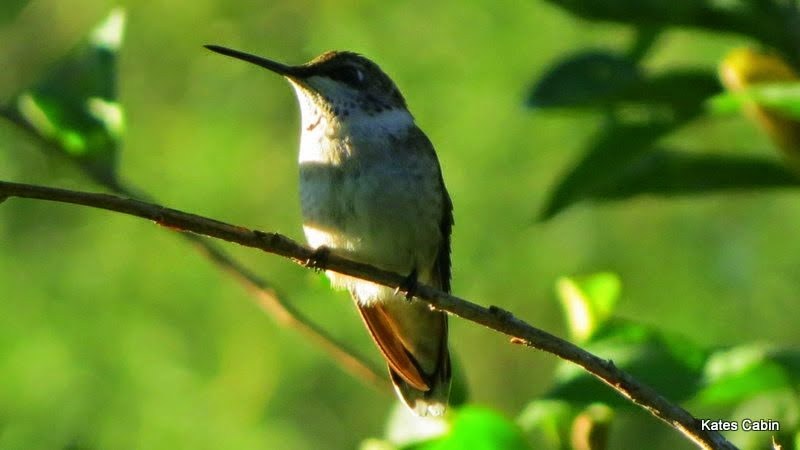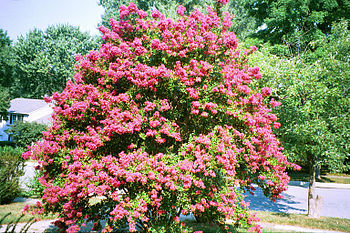

Hi Everybody!!
Today we will look at hummingbirds in the trees. The little birds love trees and spend more time in the trees than eating. It is difficult to scan a group of trees and see the hummers. If I see them land, then I can see them as they have a preference for the same branch. Their favorite trees here at the Bird Sanctuary are the crepe myrtles that range in size from miniatures to tall trees. I have shared info from Wikipedia on Crepe Myrtles. You can also "Google Search" trees that attract hummingbirds, to discover what trees will grow in your area. The birds travel all the way to Canada and return to Mexico. It is challenging to look at trees and see the birds, but is does get easier with practice. Try it and Enjoy!



https://plus.google.com/u/0/photos/117645114459863049265/albums/6055248383099775649





https://en.wikipedia.org/wiki/Lagerstroemia
Lagerstroemia
From Wikipedia, the free encyclopedia
| Crape myrtle | |
|---|---|
 | |
| Lagerstroemia indica | |
| Scientific classification | |
| Kingdom: | Plantae |
| (unranked): | Angiosperms |
| (unranked): | Eudicots |
| (unranked): | Rosids |
| Order: | Myrtales |
| Family: | Lythraceae |
| Genus: | Lagerstroemia Linnaeus |

A 12-ft (4-m) crape myrtle in Lutherville, Maryland
The common crape myrtle (Lagerstroemia indica) from China and Korea was introduced circa 1790 to Charleston, South Carolina, in the United States by the French botanist André Michaux. In the wild, the species is most often found as a multistemmed large shrub, but 200 years of cultivation have resulted in a huge number of cultivars of widely varying characteristics. Today, crape myrtle varieties can fill every landscape need, from tidy street trees to dense barrier hedges to fast-growing dwarf types of less than two feet, which can go from seed to bloom in a season (allowing gardeners in places where the plant is not winter-hardy to still enjoy the intense colors of the frilly flowers). In Europe, crape myrtle is common in the south of France, theIberian Peninsula and all of Italy; in the United States, it can be seen anywhere south of USDA zone 6, doing best and avoiding fungal diseases in mild climates that are not overly humid, such as inland California and Texas.
(See link for complete Text)







...this is brendasue signing off from Rainbow Creek. See you next time!

O+O

No comments:
Post a Comment